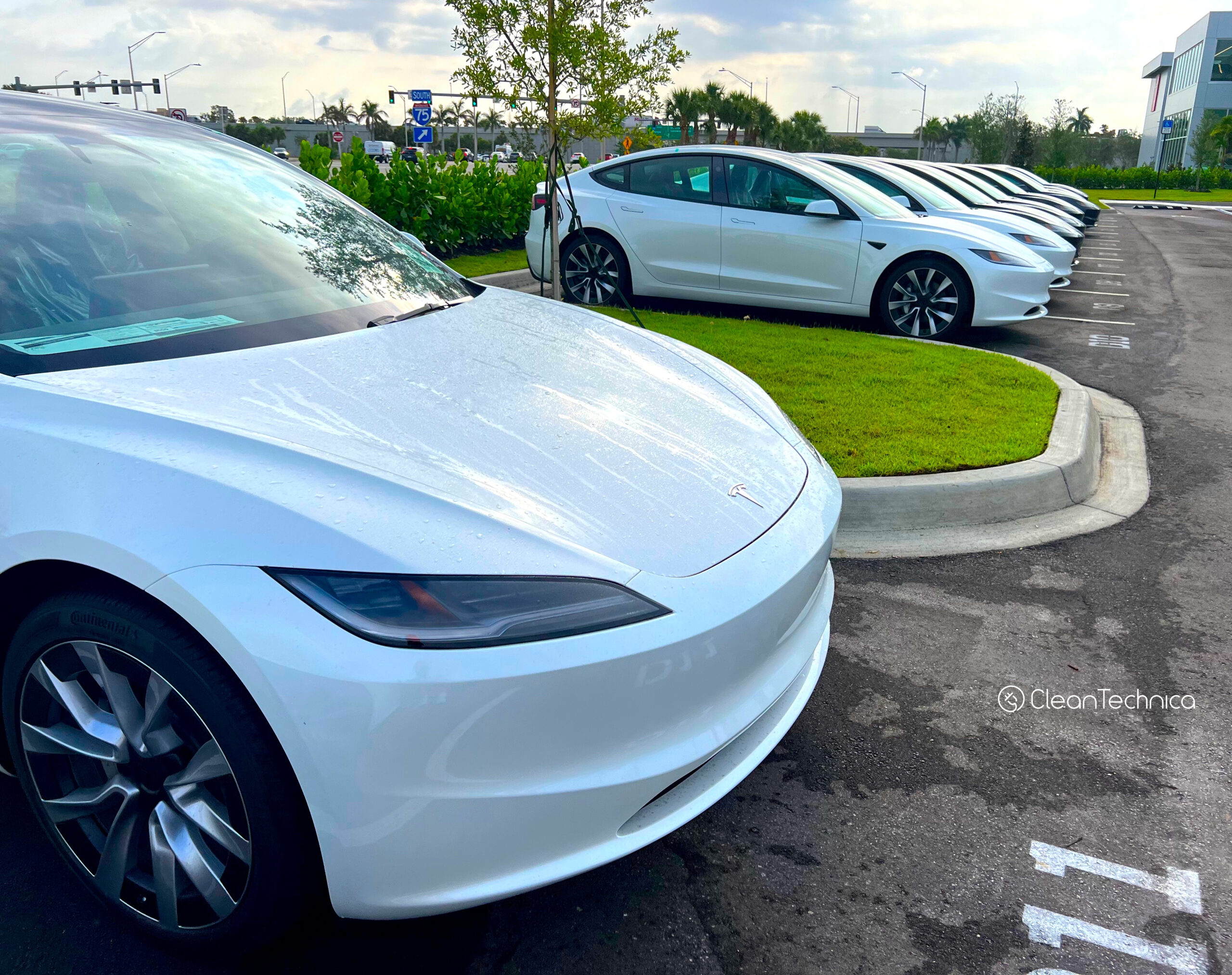No doubt about it, the abrupt shift in federal energy policy will put a serious crimp in the US solar energy industry unless Congress decides otherwise. Still, where there’s a will there’s a way. Energy consumers in the US continue to punch through the partisan politics and avail themselves of the least expensive, most abundant, and quickest way to access more kilowatts, as demonstrated by a new concentrating solar power project in California.
Wait… concentrating solar power?
Solar Energy Beats Coal Power In California
Before we get to the “wait” factor in concentrating solar power, let’s take a look at the California project. Earlier today the US solar firm GlassPoint announced a new partnership with the California mining company Searles Valley Minerals, aimed at building a new 750 megawatt (thermal) solar-plus-storage project for the SVM processing facility in Trona, California.
The new clean power project will enable SVM begin the process of shutting down two coal power plants, which happen to be the last of their kind in California. As noted by GlassPoint, the deal with SVM will “reduce costs, boost U.S. mineral competitiveness, and support local jobs while delivering reliable power around the clock.”
“The project will provide superior unit economics to existing coal-based operations and ensure competitive domestic supply chains for strategic minerals,” GlassPoint emphasized in a press statement.
What’s not to like? Well, plenty if the Trump administration gets involved. Earlier this month Trump exercised his habit of extreme executive over-reach to order a coal power plant in Michigan to stay online past its scheduled retirement date, so anything is possible.
The Critical Materials Angle
Meanwhile, GlassPoint notes that SVM will soon be the lone producer of boron in the US, which makes the company — and its new solar energy venture — all the more important to the domestic welfare. “Rio Tinto Borates has announced plans to wind down operations within the next decade, leaving SVM as the sole US-based producer of boron – a critical material used in glass, ceramics, cleaning products, and more,” Glasspoint reminds everyone.
Critical materials or not, if the Trump administration slams the door shut on the idea of shutting down the last two remaining coal power plants in California, GlassPoint can simply pack up and take its business elsewhere around the world.
The company recently announced 1.5 gigawatt project to decarbonize aluminum production in Saudi Arabia, and there’s plenty more where that came from “GlassPoint has delivered over 60% of the world’s capacity of solar-generated industrial process heat,” the company points out.
“We continue to see strong demand from around the world as industrial corporations seek to enhance their operations while achieving significant cost advantages,” explains GlassPoint CEO Rod MacGregor.
“Industrial process heat is a $444B market and GlassPoint continues to win the confidence of large industrial providers around the world in a range of industries, from metals and mining to building materials and oil and gas,” he emphasizes.
The Concentrating Solar Factor
GlassPoint deploys the thermal side of solar energy to produce steam for industrial processes. If you’re thinking that involves concentrating solar technology, run right out and buy yourself a cigar. Concentrating solar systems don’t produce electricity directly. They use mirrors to focus sunlight on a heat transfer medium such as molten salt. The thermal energy can then be deployed to produce steam for generating electricity, or to run other heat-dependent industrial systems (see more concentrating solar background here).
The sticky wicket is how to keep the mirrors in peak operating condition, which means keeping them free of dust and debris. That’s particularly difficult in dry regions with peak sunlight and little water, though it’s do-able. The Shams 1 concentrating solar power plant in Abu Dhabi is surrounded by walls, for example, which help tamp down the full impact of desert storms.
GlassPoint’s solution is somewhat more holistic. The company fully encloses its trough-shaped mirrors indoors, in structures that resemble glass hothouses. That prevents any dust and debris from accumulating at all. An automated, robotic cleaning system kicks into action on the glass roof after the sun goes down, reducing cleaning costs to a minimum.
The glasshouse strategy also enables GlassPoint to save a considerable amount on construction materials. “The enclosed trough design places the mirrors indoors so that they are protected from the wind. This allows them to be of low cost and lightweight construction,” GlassPoint notes. According to the company, its system uses less than half the metal, glass, and concrete of conventional outdoor concentrating solar systems.
“The side walls of the enclosure still need to be strong enough to withstand the wind, but that requires far less material, than reinforcing every mirror individually, as each wall protects many individual troughs,” the company explains.
The Solar Energy Whack-A-Mole
Concentrating solar systems are popular elsewhere around the world, but they have been notoriously slow to catch on in the US. The Obama administration tried to kickstart the industry in the early 2000s, but investors were not impressed and the idea has mostly languished in the R&D stage.
Part of the problem is the large, sprawling size of conventional concentrating solar systems. In that regard, GlassPoint could be on to something. According to the company, its glasshouse system takes up only 1/3 of the space of an equivalent conventional concentrating solar field.
The new system also has the potential to resolve some of the site selection issues bedeviling the solar PV industry in the US. “Enclosed trough systems typically occupy one sixth the space of photovoltaic panels that produce the same amount of energy,” GlassPoint states.
“It is often impractical to find sufficient land near an industrial facility for conventional solar designs, making enclosed trough the only viable option for large scale decarbonization,” the company emphasizes.
The relatively compact size of the GlassPoint system opens up some new possibilities for converting existing infrastructure to solar energy production in the US. That could help buffer solar stakeholders against the rising opposition to rural solar development.
For example, in recent years fulfillment centers have been sprouting up on open space in rural areas like mushrooms after a rain, along with their vast parking lots. Should any of them become obsolete, the land has already been raked over for commercial purposes.
If you can think of any other new opportunities for concentrating solar energy in the US, drop a note in the comment thread.
Photo (cropped): Solar energy innovators are still hard at work in the US, as demonstrated by a new concentrating solar power project in California (courtesy of GlassPoint).

Sign up for CleanTechnica’s Weekly Substack for Zach and Scott’s in-depth analyses and high level summaries, sign up for our daily newsletter, and follow us on Google News!
Whether you have solar power or not, please complete our latest solar power survey.
Have a tip for CleanTechnica? Want to advertise? Want to suggest a guest for our CleanTech Talk podcast? Contact us here.
Sign up for our daily newsletter for 15 new cleantech stories a day. Or sign up for our weekly one on top stories of the week if daily is too frequent.
CleanTechnica uses affiliate links. See our policy here.
CleanTechnica’s Comment Policy





